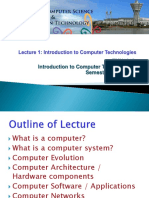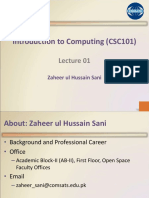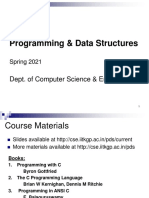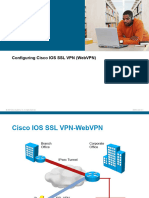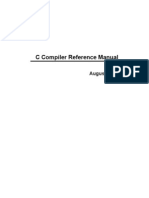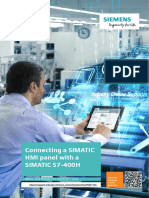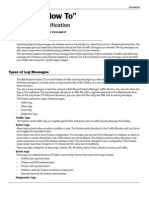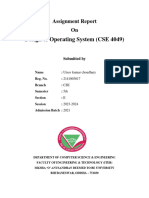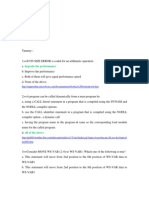0% found this document useful (0 votes)
55 views3 pages? ZIMSEC Computer Science Notes
ZIMSEC Computer Science Notes cover fundamental concepts of computers, including hardware, software, data representation, and types of computers. It also discusses programming concepts, databases, networking, ICT applications, security, and the software development cycle. The notes emphasize the importance of ICT in various fields such as education, health, business, and government.
Uploaded by
maisiridice11Copyright
© © All Rights Reserved
We take content rights seriously. If you suspect this is your content, claim it here.
Available Formats
Download as DOCX, PDF, TXT or read online on Scribd
0% found this document useful (0 votes)
55 views3 pages? ZIMSEC Computer Science Notes
ZIMSEC Computer Science Notes cover fundamental concepts of computers, including hardware, software, data representation, and types of computers. It also discusses programming concepts, databases, networking, ICT applications, security, and the software development cycle. The notes emphasize the importance of ICT in various fields such as education, health, business, and government.
Uploaded by
maisiridice11Copyright
© © All Rights Reserved
We take content rights seriously. If you suspect this is your content, claim it here.
Available Formats
Download as DOCX, PDF, TXT or read online on Scribd
/ 3











































